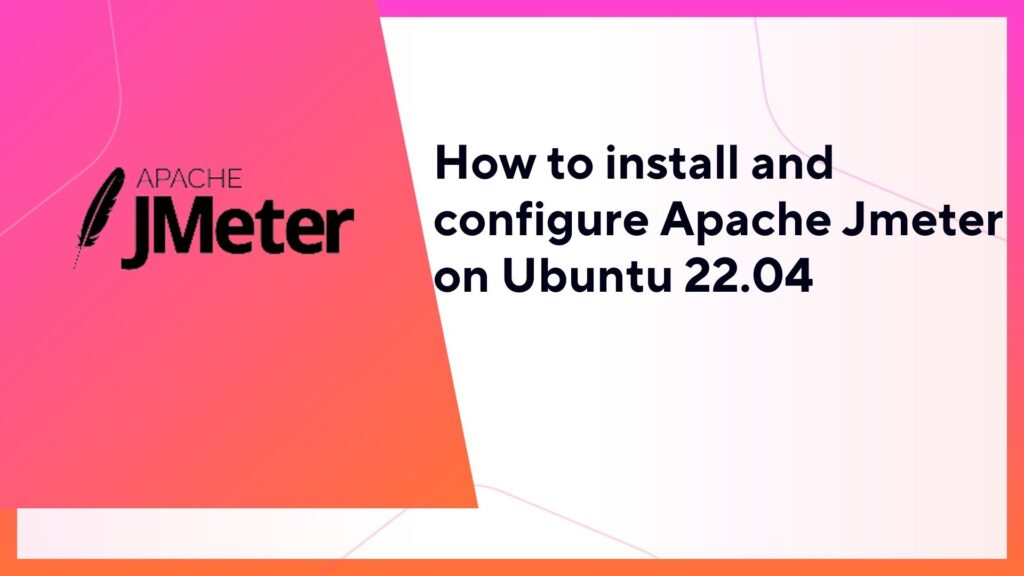Load Testing using Apache Jmeter
Table of Contents Introduction Apache JMeter is a powerful open-source tool for load testing and performance measurement. This guide will walk you through the step-by-step process of installing and configuring Apache JMeter on Ubuntu 22.04, so you can start testing your applications efficiently. Before we dive into the installation, let’s go over the prerequisites and …









